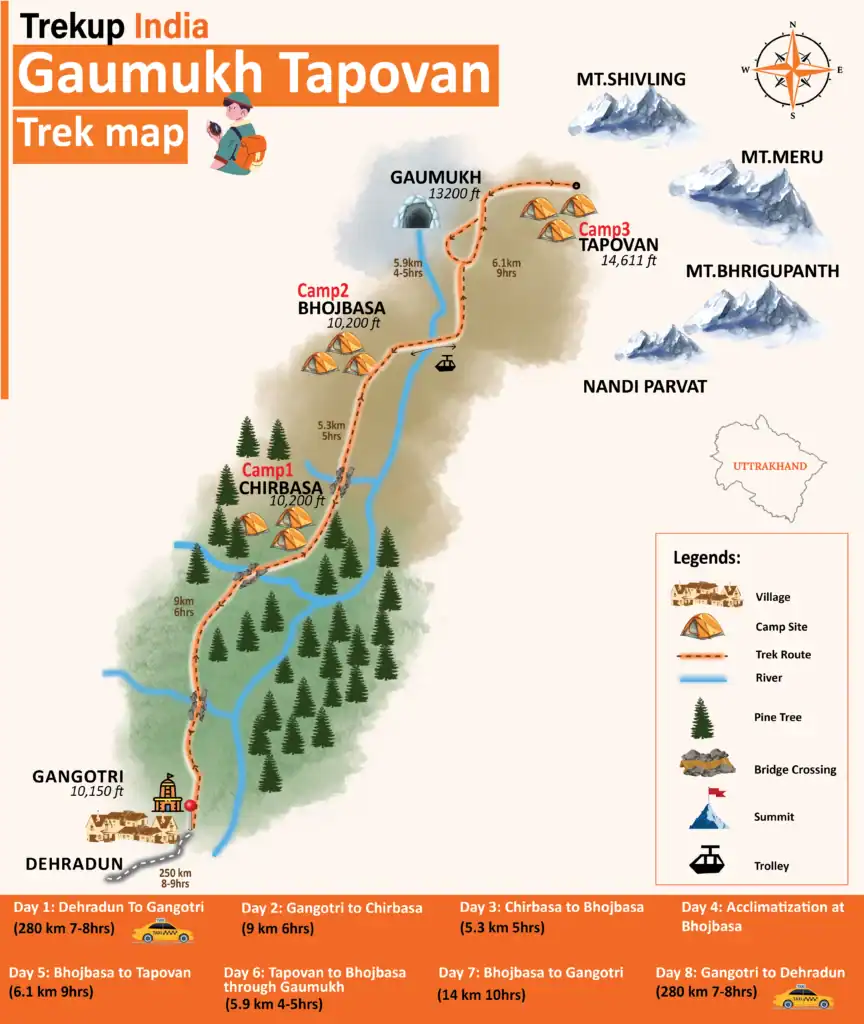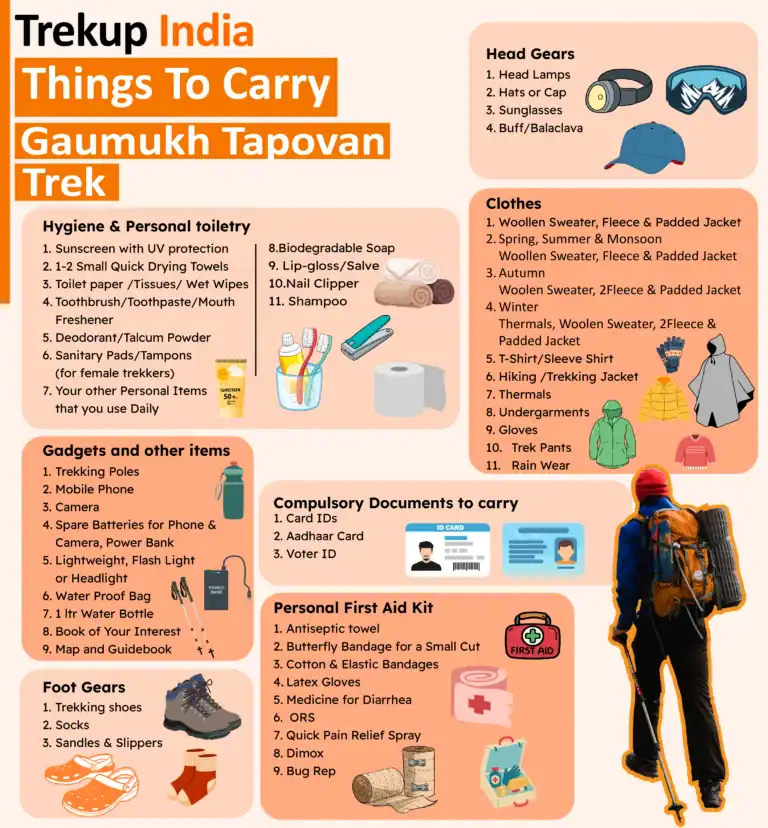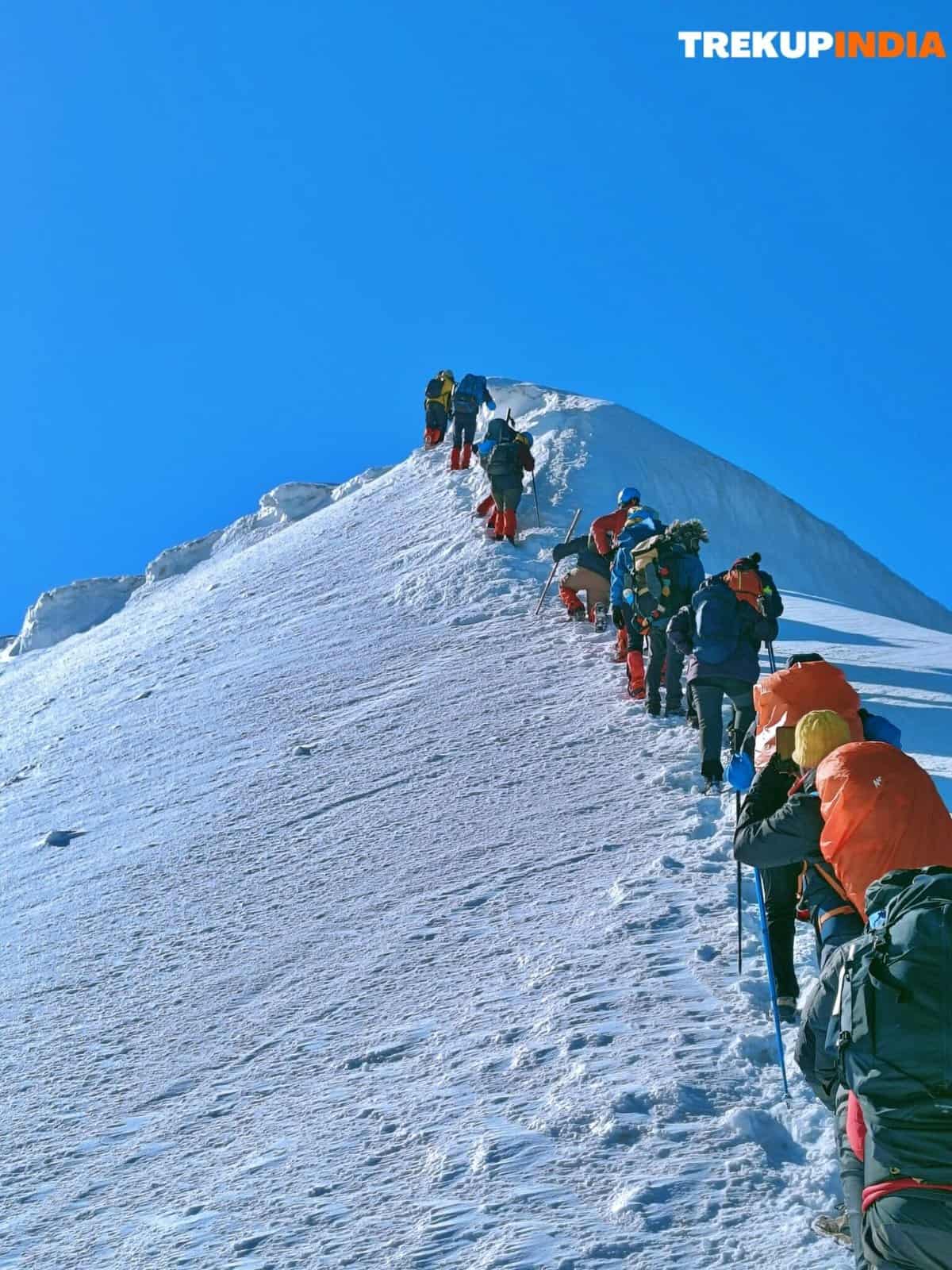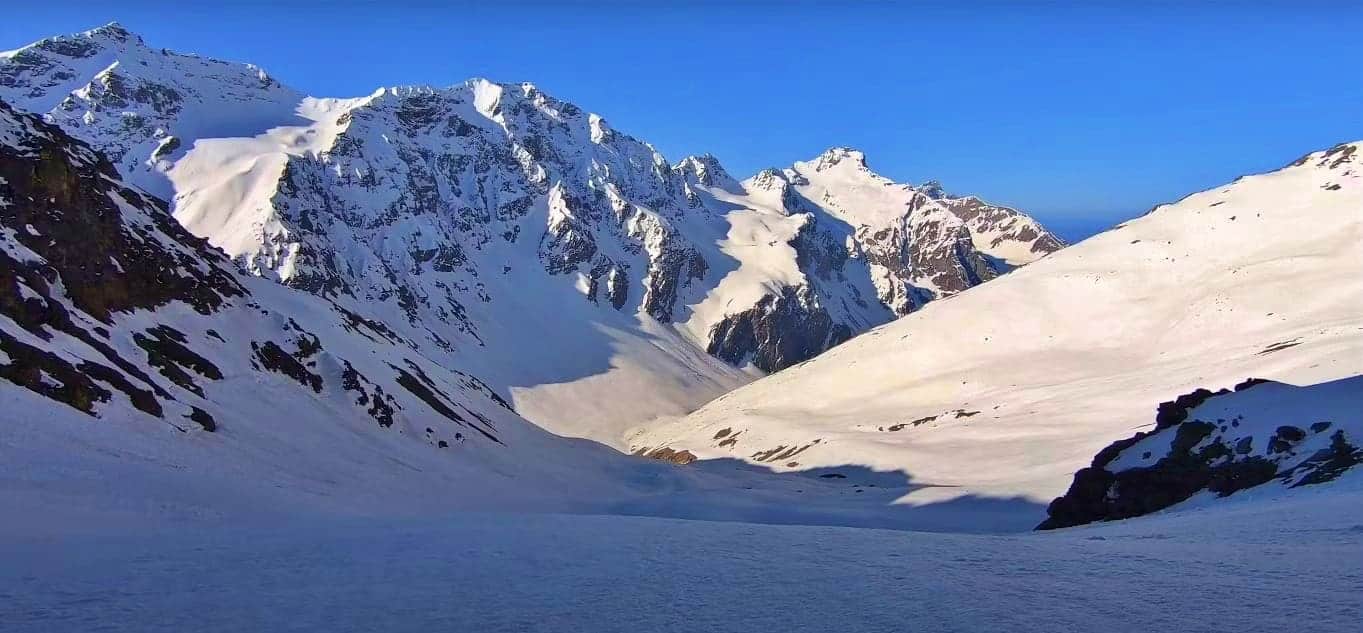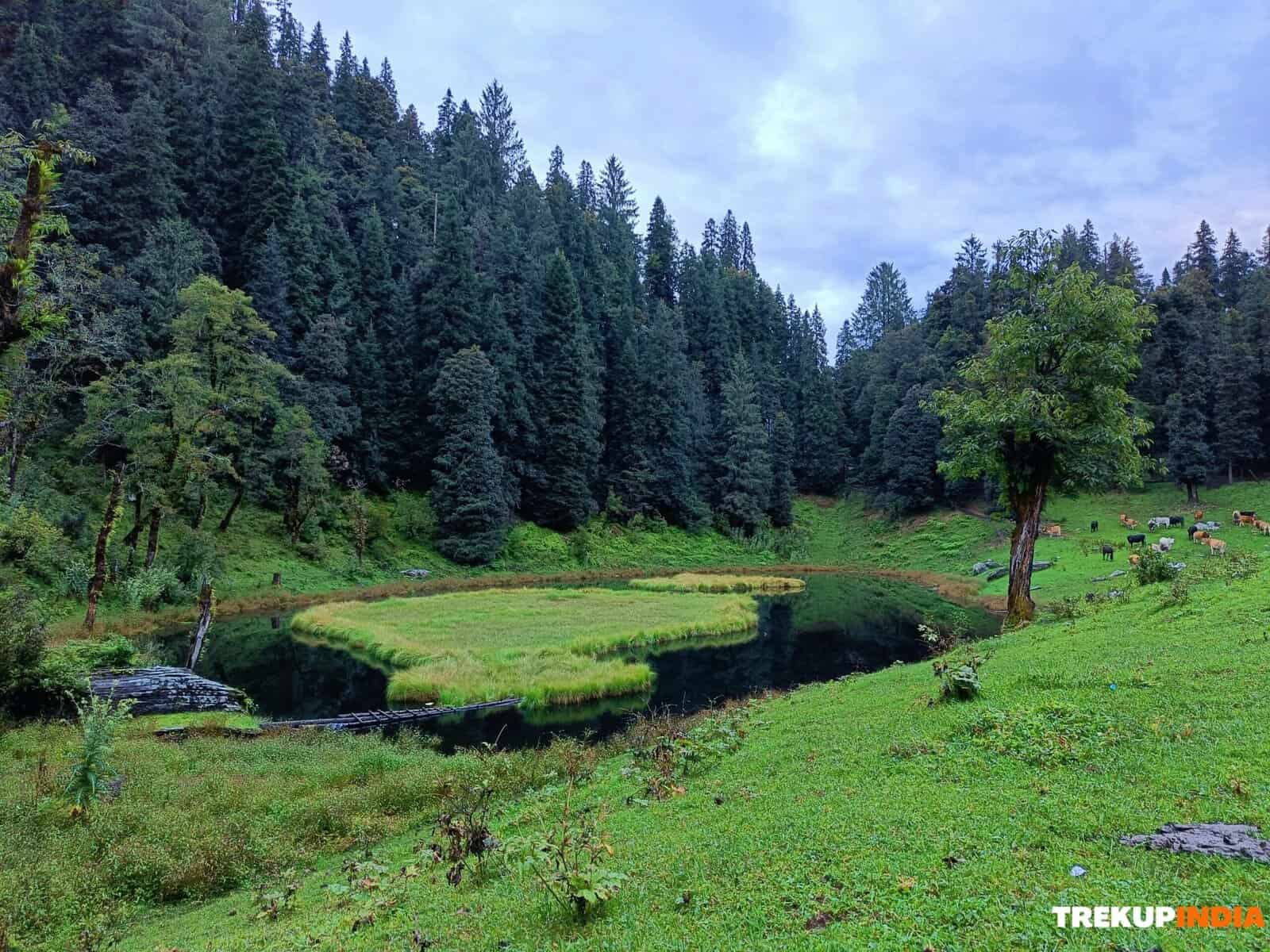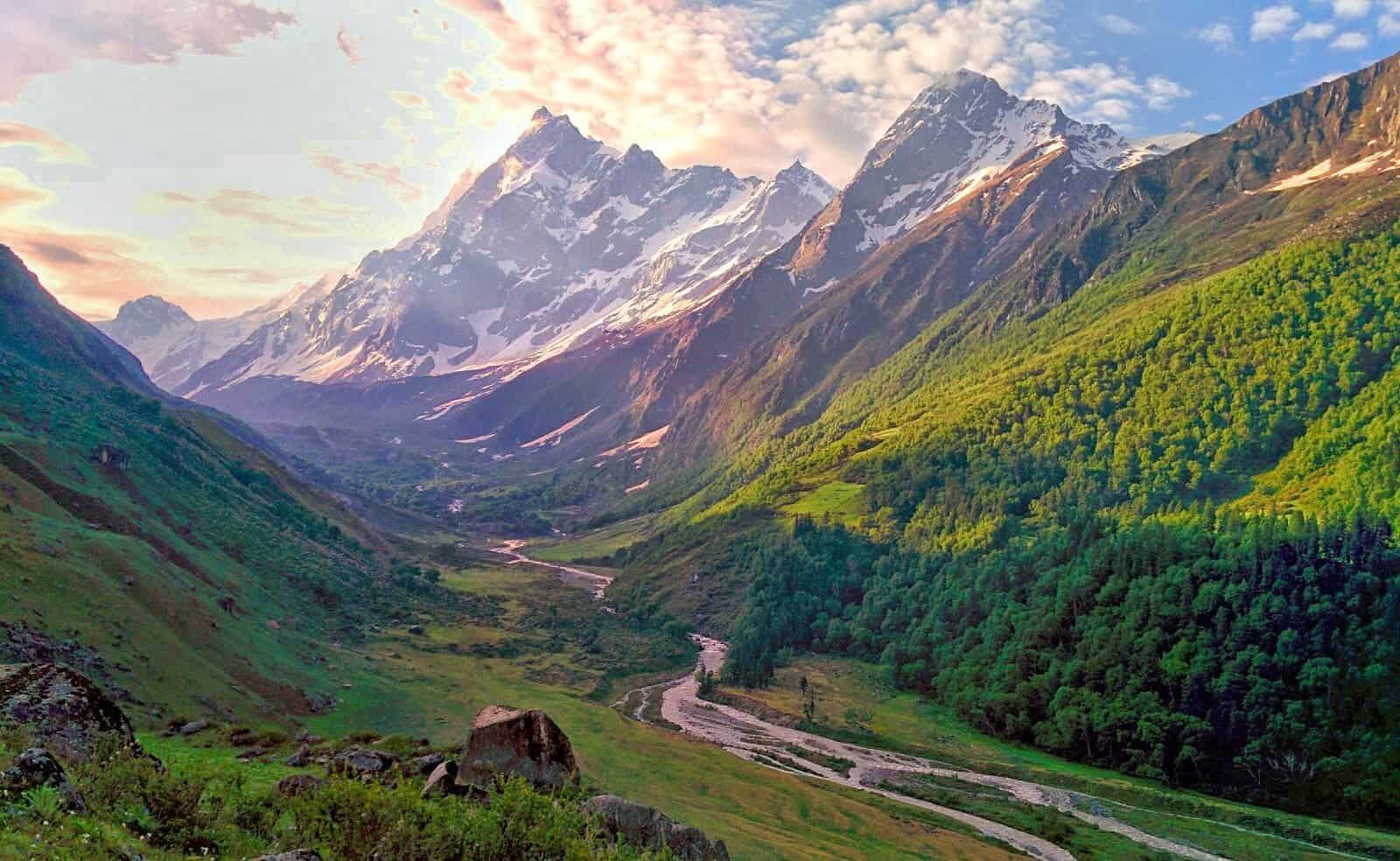30+ Years Of Trusted Trekking Expertise | Crafting Memories Since 1993
Trek Grade
Moderate to Difficult
Highest Altitude
14,200 ft
Base Camp
Gangotri
Best Time
May, June & Sept, Oct
Trek Distance
41 Km
Not sure which trek is right for you? Trekup India’s Mountain Experts have you covered.
Not sure which trek is right for you? Trekup India’s Mountain Experts have you covered. From figuring out if a trek matches your fitness level to knowing who you’ll be trekking with, we’re here to answer all your questions. Reach out to our Mountain Experts and plan your trek with confidence.
Gaumukh Tapovan Trek
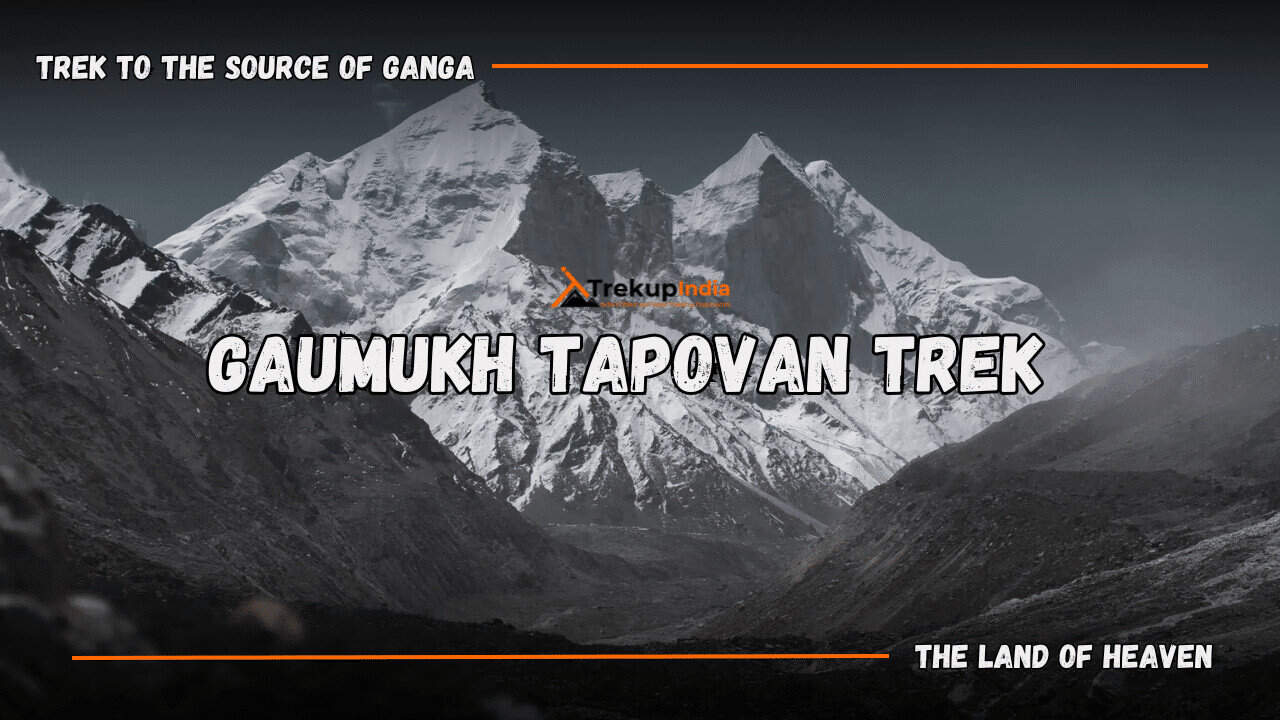
The Gaumukh Tapovan Trek stands out as a unique journey through the majestic Himalayas, celebrated for its spiritual significance and unparalleled natural beauty. Commencing from the hallowed town of Gangotri, this trek guides adventurers to the mythical source of the Ganges River, Gaumukh. En route, trekkers are privileged to explore the captivating meadows of Tapovan, a sanctuary where revered spiritualists and sages have sought enlightenment for ages.
This 8-day expedition is a harmonious blend of spirituality, mythology, and exhilarating adventure. As you traverse the Gangotri glacier and approach the supposed origin of the holy River Ganga, you’ll be immersed in the rich tapestry of Indian spirituality and folklore. The journey offers a rare opportunity to witness the awe-inspiring Shivling Peak and the majestic Bhagirathi sisters, whose towering presence not only dominates the landscape but also stirs a deep sense of spiritual connection within you.
The serene meadows of Tapovan are not only a feast for the eyes but also a place of profound significance. As you step into this tranquil setting, you’ll be greeted by a carpet of vibrant wildflowers, the gentle rustling of the wind, and the distant sound of the Ganges River. Numerous saints have chosen to meditate and dwell in this enchanting landscape, infusing the area with tranquillity and spirituality that will captivate your senses.
Embarking on the Gaumukh trek is an undeniably demanding endeavour, often deemed feasible for those with adequate preparation and a moderate fitness level. With meticulous planning, even novices can triumphantly undertake this indelible pilgrimage through the heart of the Himalayas, a journey that will test their physical endurance and mental resilience.
Trek Cost
-
Twin-Sharing Tent Accommodation Provided
-
Pickup time 6:30 A.M from Prince Chowk Near Dehradun Railway Station and Drop
-
+₹2500 Extra For Transport From Dehradun to Dehradun
Fix Departure Dates!
Trek Cost Inclusions and Exclusions!
Trek Cost Inclusions
- Stay: 5 Nights of tented accommodation at individual campsites of Trekup India on twin sharing and 2 nights at Gangotri on sharing basis.
- Meals: Trekup India will provide freshly cooked meals during the trek starting with Dinner on Day 1 to tea, coffee on day 8 (Meals are simple, nutritious, and vegetarian)
- Transport (Optional): Dehradun to Gangotri and return. ( you have pay 2500 extra )
- Trek Insurance (Optional): Trekup India recommends that all trekkers consider getting trek insurance. This is optional, but highly recommended. Trek insurance covers unexpected events that may occur during your trek. The cost of the insurance starts from INR 210. Please read more about what is included in the coverage and why it is mandatory on treks.
- Trek Equipment: Sleeping bag, Sleeping tents, Kitchen tent, Dining tent, Toilet Tent.
- Amenities: All utensils, sleeping mattresses (Black foam mats), Crampons, and Gaiters for snow.
- Health & Safety: First Aid Box, Oxygen Cylinders, Stretchers, Oxi meters, BP Machines, health.
- Permits: Forest Permits and Camping Permission Fee
- Trek Crew: High Altitude Chef, Helpers, Trek Leader & Guides, and other support teams.
- Potters & Mules: Potters and Mules are to carry all trekking equipment, ration, and vegetables.
Trek Cost Exclusions
- GST 5% (it is Mandatory)
- Any Meals/accommodation beside the itinerary or not mentioned in the program.
- Any Bus / Airfare to/from trek start/end point
- Personal Medical expenses do carry your medication.
- Any personal services such as Laundry, phone calls, liquors, mineral water, etc.
- Any still / video camera fee
- Any Entrance fee Monuments, Monasteries, Museums, Temples – Pay directly on the spot.
- Backpack Offloading (Mule/Porter Charges)
- Offload Charges: ₹3990 per bag for the full trek if paid online in advance.
- On-spot Payment: Charges may increase by up to 30% if paid at the base camp.
- Weight Limit: Each bag must not exceed 10 kg.
- Note: Offloading is optional and is recommended for those who prefer to trek with a lighter daypack.
- Any emergency evacuation charges
- Any services that are not mentioned in the cost inclusion section.
Gaumukh Tapovan Trek Videos
Videos by experts watch these videos to prepare well for a Successful Tre
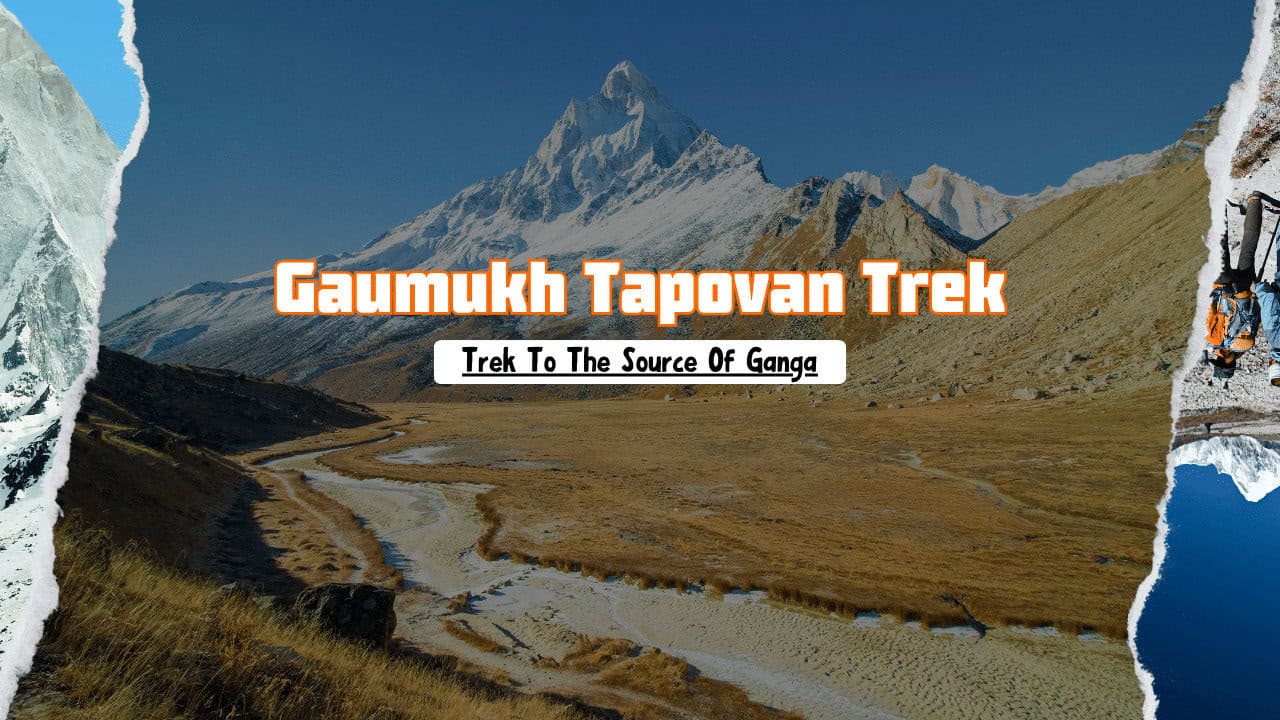
Want To Trek Like Pro?
Basically, watch these videos if you want to trek the same way professional trekkers do and make your skills better. These videos contain useful tips and techniques to further improve your trekking skills itself. These videos actually help both new and experienced trekkers improve their trekking skills. These videos definitely provide useful tips that make your trek better. We are seeing that these videos by Trekup India experts will only help you make your trekking skills better.
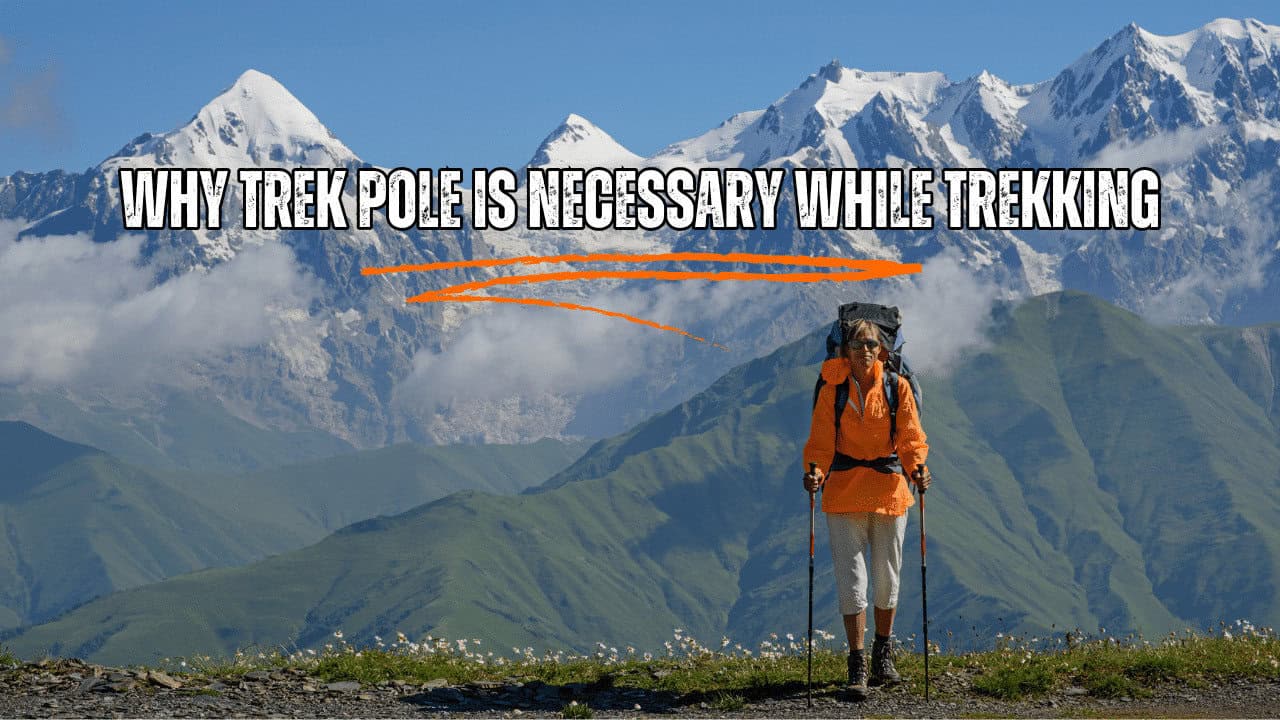
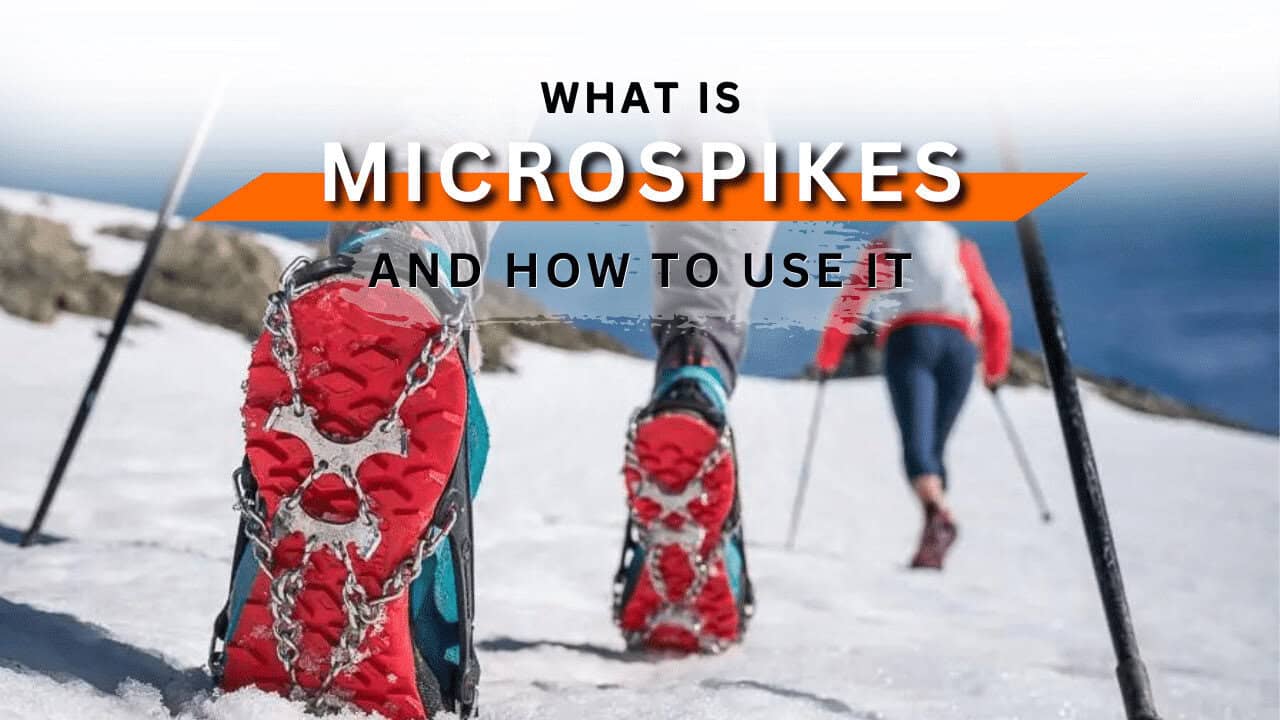

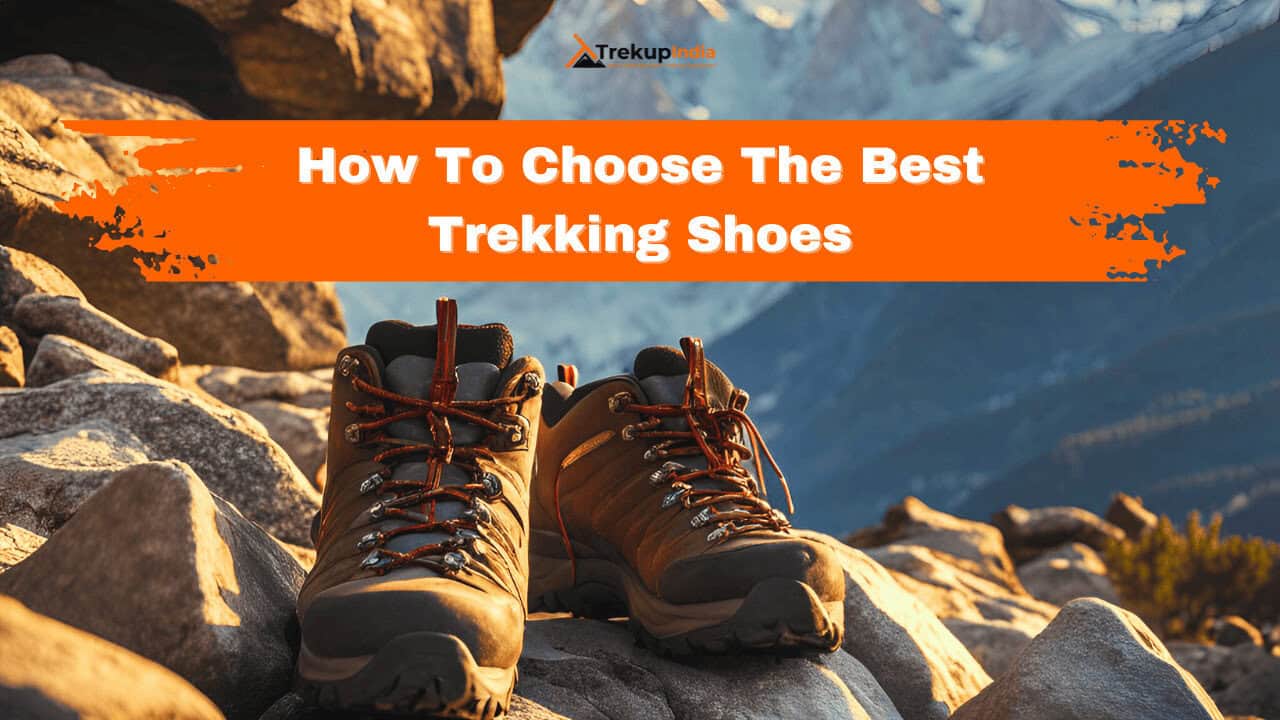
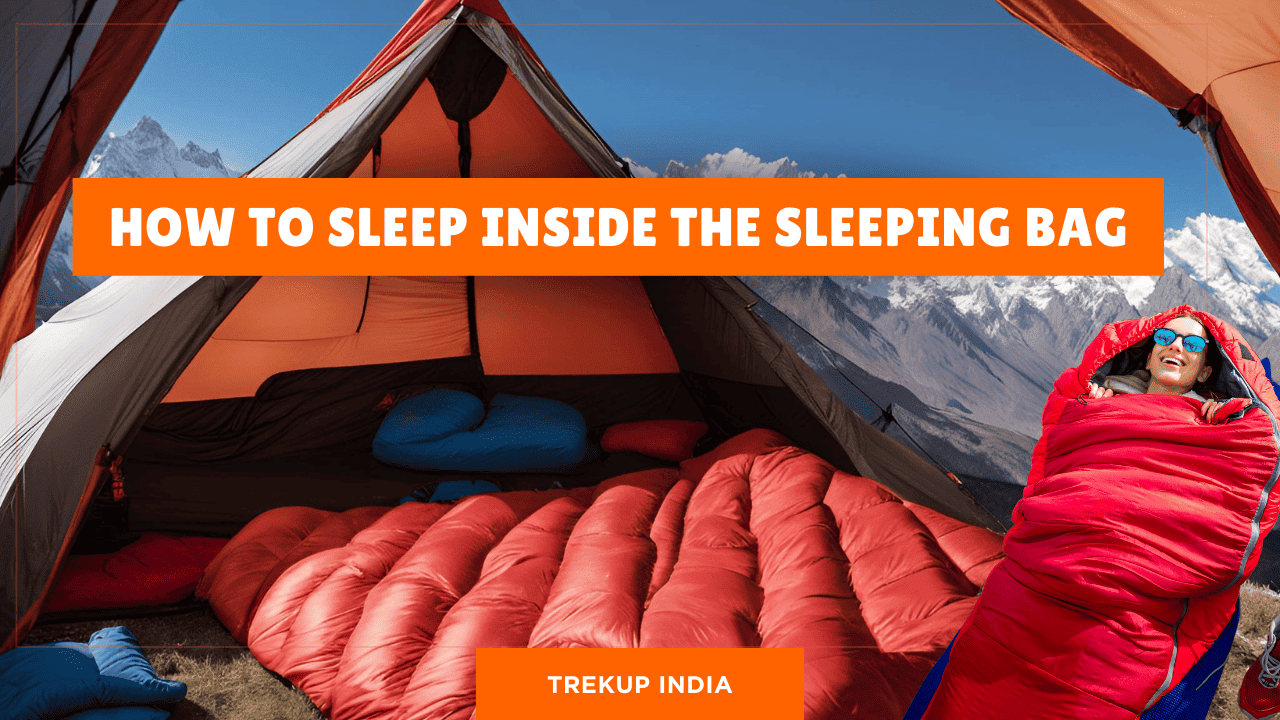
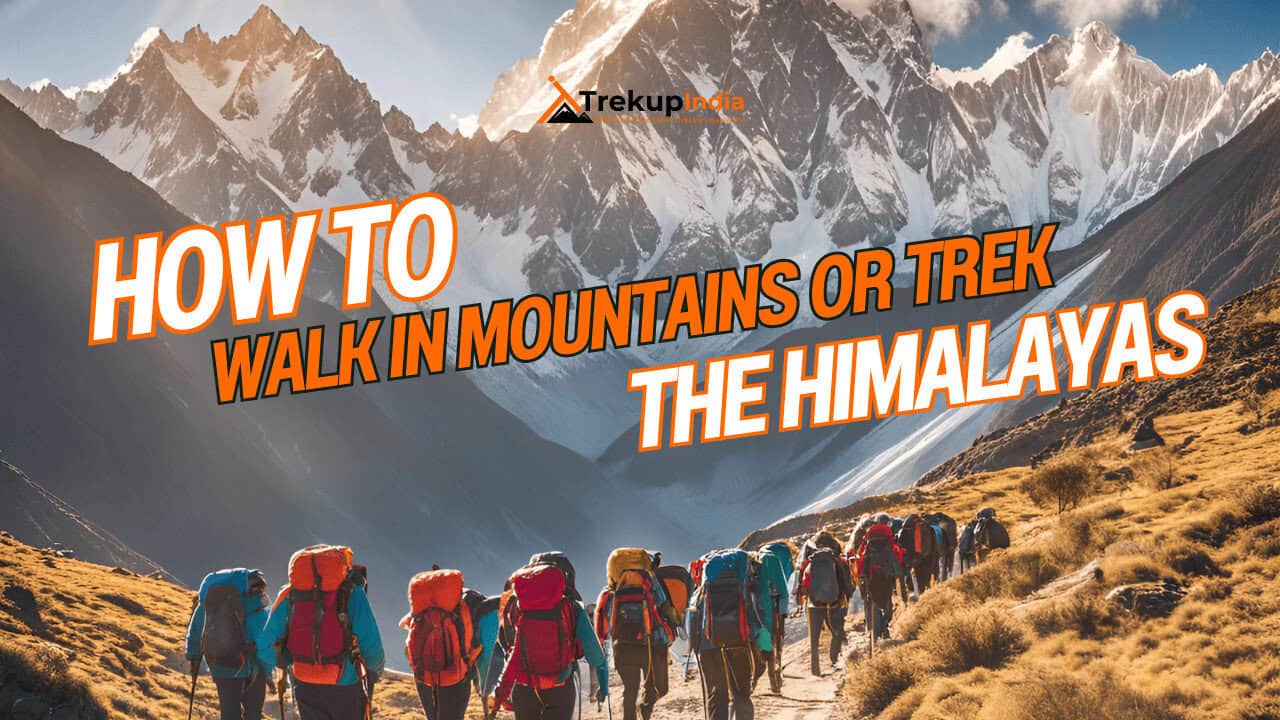

Know Everything About Acute Mountain Sickness
Acute Mountain Sickness occurs when people trek to high altitudes above 8,000 feet. This condition itself develops further due to reduced oxygen levels at such heights. Basically, as you go higher up, the air pressure and oxygen levels decrease, which causes the same problem. Acute Mountain Sickness surely causes headache, nausea, vomiting, and dizziness in affected persons. Moreover, peoples also experience difficulty in sleeping during this condition. To avoid mountain sickness, you should actually trek up slowly to higher altitudes. To learn further about this condition itself, watch the videos by Trekup India.
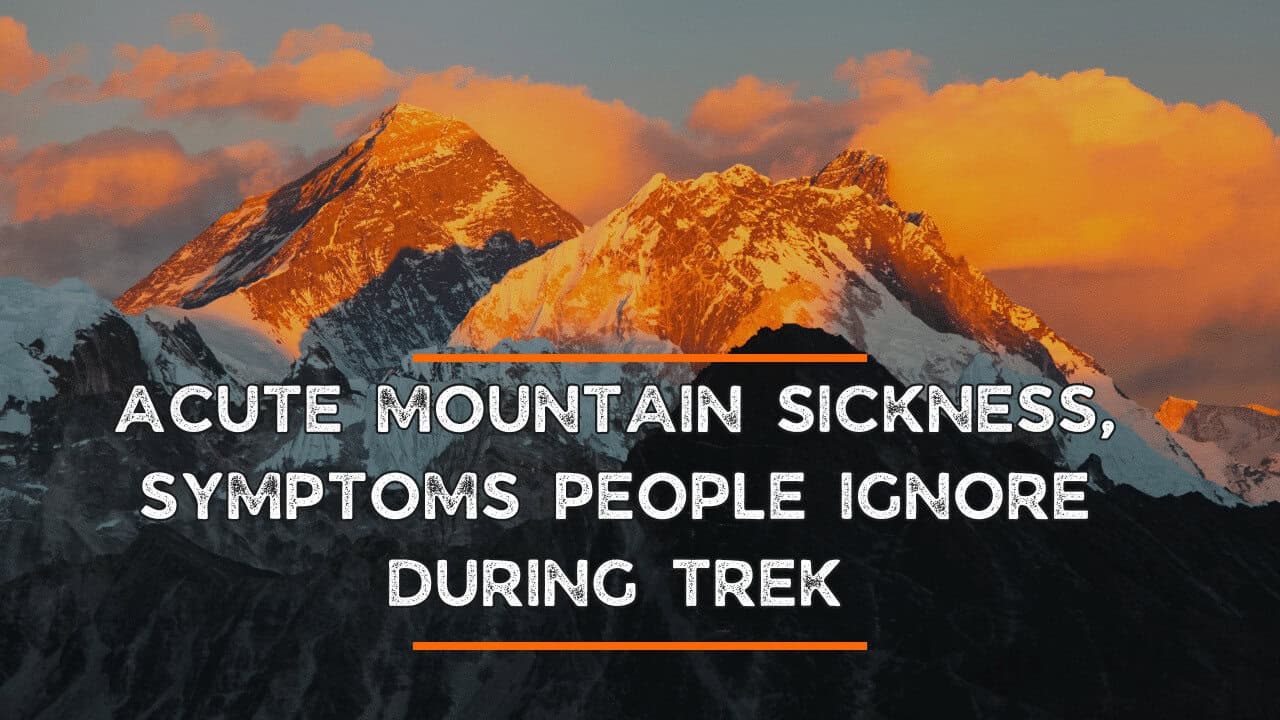
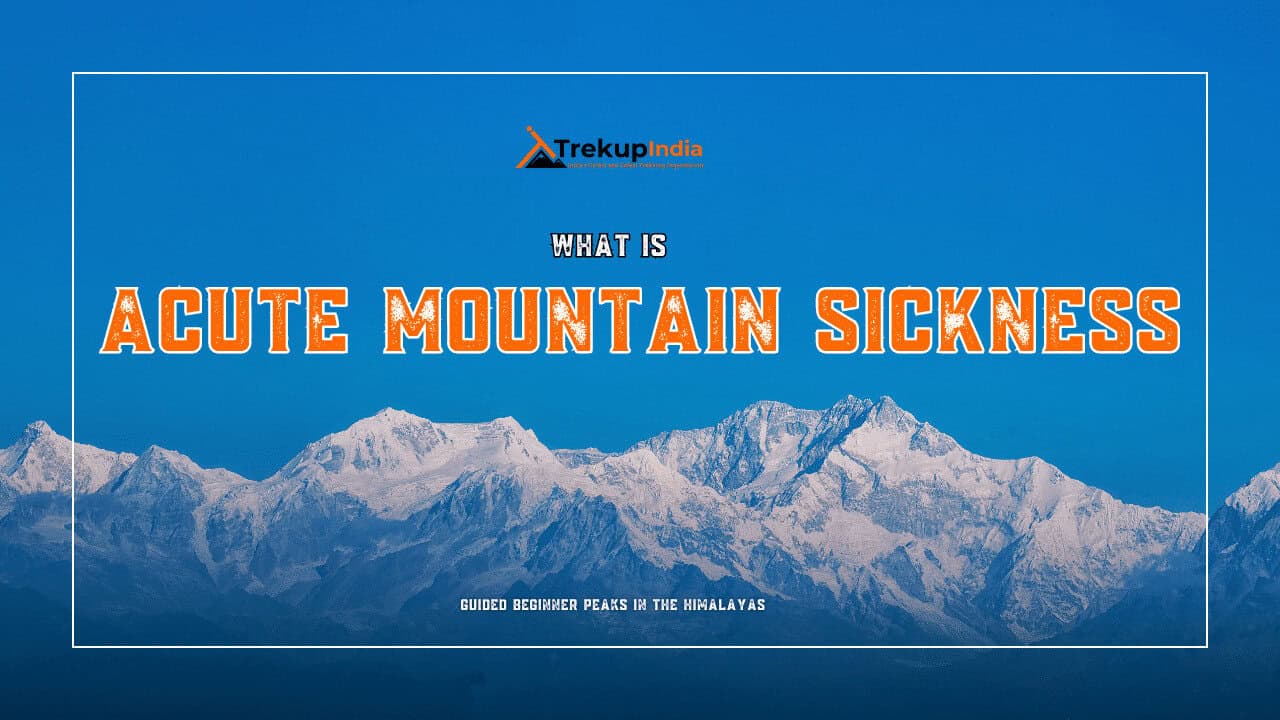
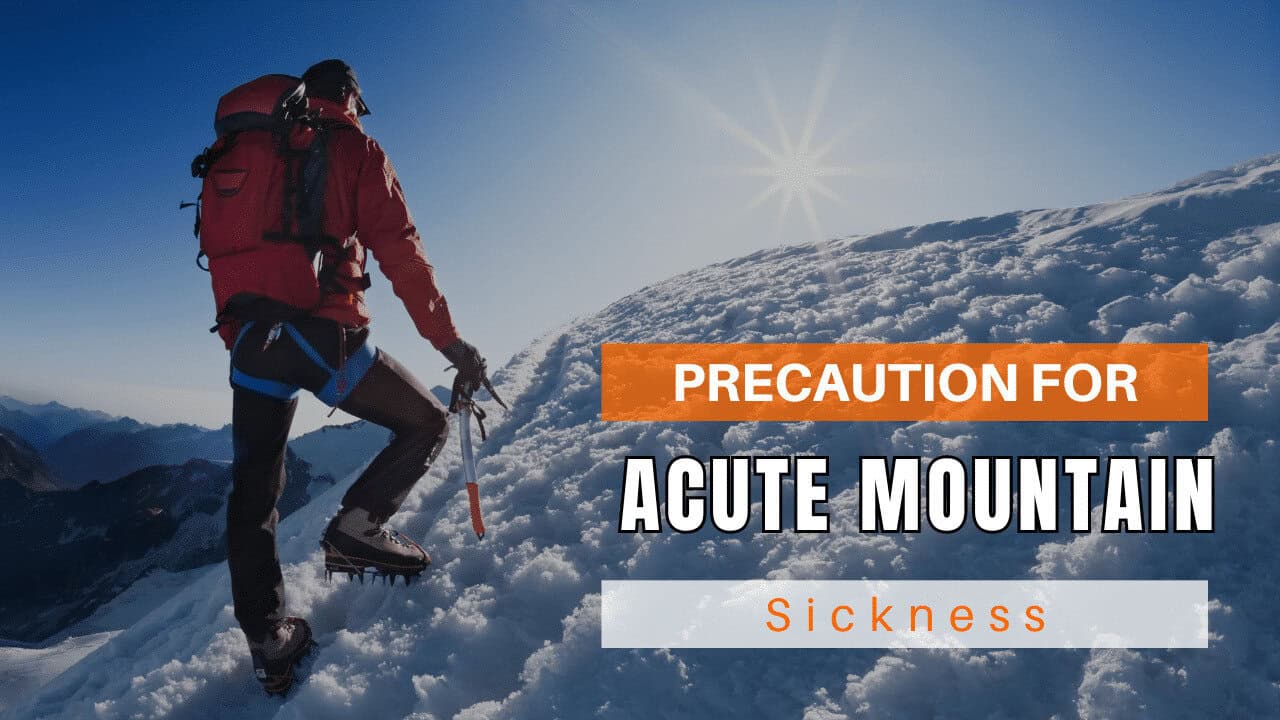
Day Wise Detailed Itinerary of Gaumukh Tapovan Trek
Day 1: Dehradun To Gangotri by Road
- Altitude: 3,093 meters / 10,147.64 feet.
- Drive Distance: 250 Kms
- Drive Duration: 8-9 Hrs
- The pickup time will be 6:30 A.M at the Prince Chowk Dehradun Railway Station.
- Night stay will be in a hotel or guesthouse.
Driving to Gangotri from Dehradun is one of the most beautiful roads in the country. It is a must-see route for every traveler who wishes to explore the picturesque hilly regions of Uttarakhand. Set out to begin your journey from Dehradun early at 6.30 A.M. The trip will last longer since you will travel 250 kms from Dehradun to Gangotri. It is an incredible eight hours of riding through the majestic mountains. We begin early to reach Gangotri at the end of the day. Gangotri is the principal pilgrimage town in India and is among the Char Dham Temples. It is situated on the banks of the river Bhagirathi. Just 35kms away from Dehradun, the first important attraction is Mussoorie, The well-known hill station. The Hill station has stunning views of the Shivalik Mountains. After a lunch break and some exploring throughout Dhanulti, Chamba, you will arrive at the Land of the Gods, Uttarkashi.
Located in Uttarakhand, Uttarkashi is a sacred spiritual town on the banks of the Bhagirathi River. It is a famous pilgrimage spot, with thousands of devotees visiting yearly. Vishwanath Temple of Lord Shiva is one of the major tourist spots in Uttarkashi. The river Bhagirathi will take you to the beautiful Harshil village. Harshil is famous for its apple orchards everywhere, providing an opportunity to relax your eyes. Harshil is the perfect spot to spend a peaceful evening in the mountains. There is the Holy Gangotri City. Located on the banks of the Bhagirathi River, Gangotri is known as a popular location for pilgrims coming from India. It is a vital part of the Char Dham Yatra circuit. Many devotees from across the nation come to this holy town to offer their prayers and bathe in the holy water of Ganga. Enjoy a fantastic meal prepared by our cooks in the evening and relax in the guesthouse.
Day 2: Gangotri To Chirbasa By 9 kms Trek
- Altitude: 3,100m/10,200 ft
- Trek Distance: 9 Kms
- Trek Duration: 6 Hrs
- At an elevation of 3,100 meters (10,200 feet) above sea level, Gangotri Temple is a sacred site and one of the four revered pilgrimage destinations in Uttarakhand, known as the Char Dhams.
- Start your day with a hearty breakfast before embarking on a journey to explore the historic Pandav Gufa, Bhagirath Shila, Surya, and Gauri Kund attractions.
- In the afternoon, you have the option to visit the Gangotri Temple, a place of great spiritual significance, or indulge in some local shopping.
- Take a leisurely stroll around Gangotri town to acclimate to the high altitude and immerse yourself in the peaceful surroundings.
As the day winds down, find comfort and rest beneath the stars in a cozy tent, embraced by nature’s stillness and the quiet serenity of the night.
On the first day, your trek from Gangotri to Chirbasa is about 9 kilometers. The route starts by following the Bhagirathi River and climbing to the woods’ top. The path is well-defined and includes several stops to rest and admire the magnificent panorama of the Himalayas.
The trails mostly have low inclines and are level. Continue for another 20-30 minutes, and you’ll be able to witness another stream flowing beneath a rusted bridge. Once you cross the bridge, the valley widens and then turns left. Take in the various mountain ranges covered in snow along the right-hand side. After about 20 minutes of trekking from the forest check post, you will spot three major streams along your route. Sudarshan Parbat is not visible anymore. The trail now swivels to your left as you traverse the third ridge. It gives you a stunning panorama across the valley. Relax in the calming presence of silver birch trees surrounding you.
After a couple of hours of hiking, you’ll arrive in Chirbasa, Chirbasa located in an altitude range of 3,280 meters. Chirbasa is a small town with a couple of shops and basic guesthouses. It is possible to stay the night in Chirbasa’s guesthouses or tents and take in the tranquil surroundings. The campsite here has a fantastic view from the Bhagirathi, the group of mountains as well as Bhrigu Parvat. Today’s walk is easy but traverses 8-9 landslide-prone bends. It is essential to take plenty of water on this trek.
Day 3: Trek from Chirbasa to Bhojbasa
- Altitude: 3,555 meters / 11,714 feet
- Trek Distance: 5.3 km
- Trek Duration: 5 hrs approx
- Today’s trek will be in Gangotri National Park
- Stay will be in tents.
- Lunch at the campsite.
- Trek will be moderate.
Is trek between Chirbasa to Bhojbasa is a strenuous but rewarding adventure. On the trek, you’ll enjoy views of several breathtaking Himalayan mountain ranges, such as Shivling, Thalay Sagar, Meru, and Bhagirathi III.
The first couple of miles is smooth and marked. After that, the trail gets rocky and steep at a few locations. You might have to go boulder hopping in some spots; however, this part of the trail is worth it when you view the breathtaking views you’ll get.
In this area, observing the Bhagirathi collection of mountain peaks and the Gangotri Glacier is possible. Take some time to take in the beauty of this area.
We’ll spend the night in Bhojbasa If you want to. A small temple, an Ashram, and a GMVN rest House exist.
The trek from Chirbasa to Bhojbasa is shorter and covers about 5 km. Suppose it can be completed in 3-4 hours. The route is well-marked and mostly flat, which makes it a simple trek. However, it’s essential to know the necessary precautions since the altitude could affect certain hikers.
The trail starts from Chirbasa, located at 3,660 meters above sea level. From Chirbasa, you’ll trek through the Bhagirathi River, which flows through stunning deodar forests and pine trees. Also, you can enjoy spectacular views of the Himalayan mountains.
After trekking for about 2 hours, you’ll arrive at Bhojbasa, 3800m above sea level. Bhojbasa is a gorgeous meadow that is surrounded by mountains. It is an ideal location for camping.
During the trek, it is possible to experience many of the breathtaking scenery in the region, such as the Bhagirathi River and the Gangotri glacier, and stunning images from The Himalayan mountains.
Day 04: From Bhojbasa To Tapovan through a 6.1 kms trek
- Altitude of Tapovan: 4,451 meters / 14,611 feet
- Trek Distance: 6.1 Kms
- Trek Duration: 9 Hrs
- Stay: will be in tents
- There are no water points. It is recommended to carry at least 2 liters of water.
- Today trekking will be Moderate, Plus
- Keep energy bars, water & ORS
- Trek starts over boulders. It then gets steeper slowly over the rocky terrain.
- The river can be crossed employing the trolley.
- There are mountain goats or Ibex close to your campsite.
- You will see Mt. Shivling, Meru, Manda and the Bhagirathi bunch, Kedar Dome, Kharchakund, and many more from the Tapovan campsite of Trekup India.
In the Gaumukh Tapovan trek on Tapovan day, following a 20-minute walk from Bhojbasa Campsite, We created a Tyrolean traverse to traverse the Bhagirathi river. There is also a small zipline set up by the forest authorities. It will assist you in crossing the river. It takes about one hour for all the participants to traverse. Following that, you begin the trek, which will take around 2.2 kms and is on an obvious path with stones and rocks. Afterward, it becomes a gradual climb. Then, you have to climb the rock face to reach Tapovan.
The climb is near Akash Ganga, which runs vertically down the rock face. Make sure to climb this section before lunchtime to avoid rockfalls and to reduce the amount of water flowing through Akash Ganga. The climb can take about an hour to two hours, depending on the weather. After about 100m of a climb, you will find places to traverse Akash Ganga. If the water is very high, removing your shoes and walking across the stream is necessary. In other cases, the boulder-hopping option is feasible. Stop for a break when you cross the stream. Lunch can be served here. Tapovan is a grueling climb from this point. It can take approximately 1.5 hours to get there. Find an appropriate camping site and then camp out for the night.
The views of the mountains from the Tapovan campsite are breathtaking. It is possible to see Mt Shivling to the right. Meru is located to the right of Shivling. The left-hand side is Shivling; just a bit to the left is Sumeru. To the left, you can see Bhagirathi Peaks, Thenu, and Sudarshan Parbat. If you go to the ashram accessible from the camping area, Shivling appears even closer.
Tapovan is an alpine at high altitude meadow beneath Mt. Shivling and monopolizes the terrain. Tapovan is stretched in 1.6 kms. While it’s broad, level terrain but only some pieces of terrain are convenient for camping. The region near Mount Shivling is saturated in the summer because of melting glacial waters. Many saints have used these areas to contemplate over time. Numerous holy men reside in permanent residence at Tapovan.
A 1.2-mile trek from Tapovan to the adjacent peak goes Neelatal and leads you to a viewpoint from which you can enjoy stunning panoramas of Meru. It takes around two hours to get to the camp. After it, you must walk up the ridge to get to Neelatal or continue along that similar trail until Tapovan.
Day 05: Tapovan to Bhojbasa by Trek through Gaumukh
- Trek Distance: 5.9 Kms
- Trek Duration: 3-4 Hrs
- Location of start: Tapovan is a high-altitude meadow at 4,463 meters above sea level. The trek starts at Tapovan and descends downhill to Bhojbasa.
- Distance: The distance between Tapovan towards Bhojbasa is about 5 km.
- Level of difficulty: The hike is moderately strenuous and suitable for those just beginning. It is marked, and the terrain is relatively easy. However, hikers must be aware when they descend because the trail could be slippery at specific points.
- Duration: The trek lasts 3 and 4 hours, depending on the hiker’s fitness level and speed.
- Terrain: The path from Tapovan towards Bhojbasa is a descending trail, a mixture of grassy meadows. It is also possible to traverse through a river on their route.
- Highlights: The trek provides incredible panoramas of Himalayan mountain ranges, which include Shivling, Meru, and Bhagirathi. These meadows between Tapovan and Bhojbasa are also fantastic sights to behold.
The trek begins at Tapovan, at an altitude of 4,463 meters (14,640 feet). You’ll have to walk around 14 km (8.7 miles) to get to Bhojbasa, 377 meters above sea level (12,385 feet). The hike is as moderate to challenging and ideal for those with experience. The path winds through steep hills, rocky ground, and narrow pathways. We suggest you know the dangers and carry all equipment and gear to complete the hike. During the trek, you’ll travel across The Gangotri National Park, home to various wildlife and plants. Also, you’ll be able to witness many spectacular images of the Bhagirathi mountains, including Shivling, Thalay Sagar, and Meru.
Get up early to enjoy the last few minutes in the shadow of mountains that shine in the blazing sun’s beams. Today will start trekking to Gaumukh Glacier. Mount Shivling appears prettier than ever, and its beauty is passed on to nearby mountains. Together they create an impressive scene. It’s time to bring these moments back after breakfast. We will provide you packed lunch with you and drink as much water as possible since there aren’t any water sources. You’ll need to traverse the rough landscape and elevation of the glacier. It is harder to descend than ascend, and you’ll know this as you traverse the rocks. Be aware and stroll. Make sure to remember the moment as you go back through the steps. Take in the forest areas of Bhojwasa yet again, with its wildlife and flora.
It’s a very steep climb to Gaumkuh, and you’ll be able to view the massive glacier. Gaumukh is the terminus of the Gangotri glacier, the point of origin for the holy Ganges river. Gaumukh is a reference to a cow’s mouth. Many religious people think it a blessing to go to the Ganges. Even if you’re not religious, you’ll be amazed by how large and small the snout faces it.
According to legend, once upon a time, a mighty king named Sagar wanted to carry out the Ashwamedh Yajna with a ceremonial sacrifice horse. Believing that Sagar would be able to complete the Yajna ceremony and be able to complete the Yajna, Lord Indra rode the horse and placed it in the Ashram of Lord Kapila, in which he would meditate. Sagar sent out thousands of his sons to retrieve the horse. His practice was interrupted when they started causing chaos within the Kapila Muni ashram. He resigned every son to ashes and cursed that they could achieve Moksha only when their ashes were buried in the waters of the sacred River Ganga and ascended to heaven. The entire Sagar family members failed to convince Brahma to bring Ganga back to Earth; however, King Bhagirath successfully pleased Brahma and ordered Ganga to flow through Earth. The goddess Ganga was not thrilled with this and spewed forth in such a way that she was set to drown all of the world. Bhagirath then offered prayers for God Shiva, and Shiva was willing to lock Ganga with his hair to manage the force, which is how Ganga was brought back to Earth. One dip in Ganga is considered sufficient to eliminate a person’s sins. Then after a sharp climb to Gaumukh, trek down the hillside along the Bhagirathi River. It’s about a 4.5 – 5.5 hour walk to Bhojwasa. After reaching, we will stay tonight at Bhojwasa campsite.
Day 06:Bhojbasa to Gangotri By Trek
- Trek Distance: 14 Kms
- Trek Duration: 5-6 Hrs
- Location of start: Bhojbasa is situated at 3,775m above sea level. The trek begins in Bhojbasa then descends towards Gangotri.
- Distance: The distance between Bhojbasa to Gangotri is around 14 kilometers.
- Difficulty: The trail is moderately tricky and suitable for novices. It is marked, and the terrain is relatively easy. However, walkers must be aware when they descend because the trail may be slippery at specific points.
- Duration: It will take 5 to Six hours, depending on the hiker’s fitness level and speed.
- Terrain: The route that runs from Bhojbasa up to Gangotri is a descending trail, which is of forest and rocky areas. The trekkers can also traverse a river along the route.
The distance between Bhojbasa and Gangotri is about 14 km, and it takes 5-6 hours to complete the hike. The path is well-marked and easy to follow, making it ideal for those new to the trek. However, walkers must be cautious when descending because the trail may be slippery in certain areas.
The hike offers breathtaking panoramic views of the Himalayan mountains, which include Shivling, Meru, and Bhagirathi. The trekkers will also encounter several small waterfalls and streams along the route. The forest areas in the foreground contain a variety of wildlife, including the musk deer and Himalayan Black bears. The natural beauty and beauty within site are stunning, and the hike offers the perfect opportunity to be in touch with the natural world.
When the trek ends in Gangotri, this is an ideal time to discover the spiritual significance of the town. Gangotri is, where the river Ganges was born, considered one of India’s holiest spots. It is the home of many ancient temples and ashrams, and pilgrims travel across the nation to pay tributes to the saint.
In the end, the hike from Bhojbasa through Gangotri is an essential activity for those who want to take in the splendor of the Himalayas and discover its spirituality. With breathtaking views, a well-marked trail, and the chance to learn about the region’s culture, it is an unforgettable trip that you won’t miss.
Day 07: Gangotri to Dehradun By 280 kms Drive
- Drive Distance: 250 Kms
- Drive Duration: 8-9 Hrs
- The starting point is Gangotri: Gangotri is a small town situated at an elevation of 3,415m over sea level within the Uttarkashi district of Uttarakhand. The drive starts in Gangotri and then descends towards Dehradun.
- Distance: The distance between Gangotri from Gangotri to Dehradun is around 250 kilometers.
- Condition of the roads: The route between Gangotri and Dehradun are among the most mountainous roadways, passing through many small towns and villages. The road’s condition is generally good, although some bumps and spots are due to landslides or other natural elements. Time: The drive can be anywhere from 8 to 10 hours based on the road conditions.
- Highlights: The road offers breathtaking panoramas of the Himalayan mountains, which include Shivling, Meru, and Bhagirathi. The route winds through many small towns and villages, where you can taste the local culture and food. It is also possible to go to the Tehri Dam, one of Asia’s most significant hydroelectric projects.
- Drop Location: Dehradun is a city located at the foothills of the Himalayas. It is famous for its mild weather, beautiful scenery, and rich cultural heritage. There are many tourist attractions in Dehradun, such as the Robber’s Cave, Sahastradhara, and the Tapkeshwar Temple. It is also ideal for adventure sports such as camping, trekking, and Rafting.
Conclusion, the trip to Gangotri towards Dehradun is an adventure. It offers breathtaking panoramic views of the Himalayas and an opportunity to experience the region’s culture. But, it’s essential to be aware of the dangers and be aware when driving over rugged terrain. With its picturesque beauty and historical heritage, Dehradun is a beautiful place to finish your trek.
Day 08: Buffer Day/ Reserve Day
This activity is weather-dependent and will be confirmed by the trek leader at the campsite. If conditions permit, it can be undertaken at an additional cost of ₹2,500 per person plus 5% GST.
Gaumukh Tapovan Trek Route Map
We’ve prepared a comprehensive Trek Route Map for your upcoming adventure to Gaumukh Tapovan Trek, which outlines the entire journey including all stops and trails. This map provides detailed information on the terrain, distance between points of interest, and estimated travel time to help ensure a safe and enjoyable trek. We’ve carefully curated the map to ensure that you have all the necessary information at your fingertips. Please take a moment to review it thoroughly, and don’t hesitate to reach out if you have any questions or concerns.
Gaumukh Tapovan Trek Altitude Chart
The Gaumukh Tapovan Trek Altitude Chart is a useful tool for Trekkers to monitor their altitude changes during their rides, allowing them to plan their routes more efficiently and track their progress over time. This altitude chart is beneficial for both casual and experienced Trekkers, helping them make the most out of their Trek experience.

What should you pack for the Gaumukh Tapovan Trek
Gaumukh Tapovan Trek is a high-altitude trek. The trekking gear you have to have for this particular trek differs from normal treks. Thus, read this whole segment. There is an important question that the trekker who is doing trek asks, like what all things to carry while trekking. Below, we have provided the details on everything you should take; an easy way to remember is by Head to foot or foot to head. We have prepared from Head to foot.
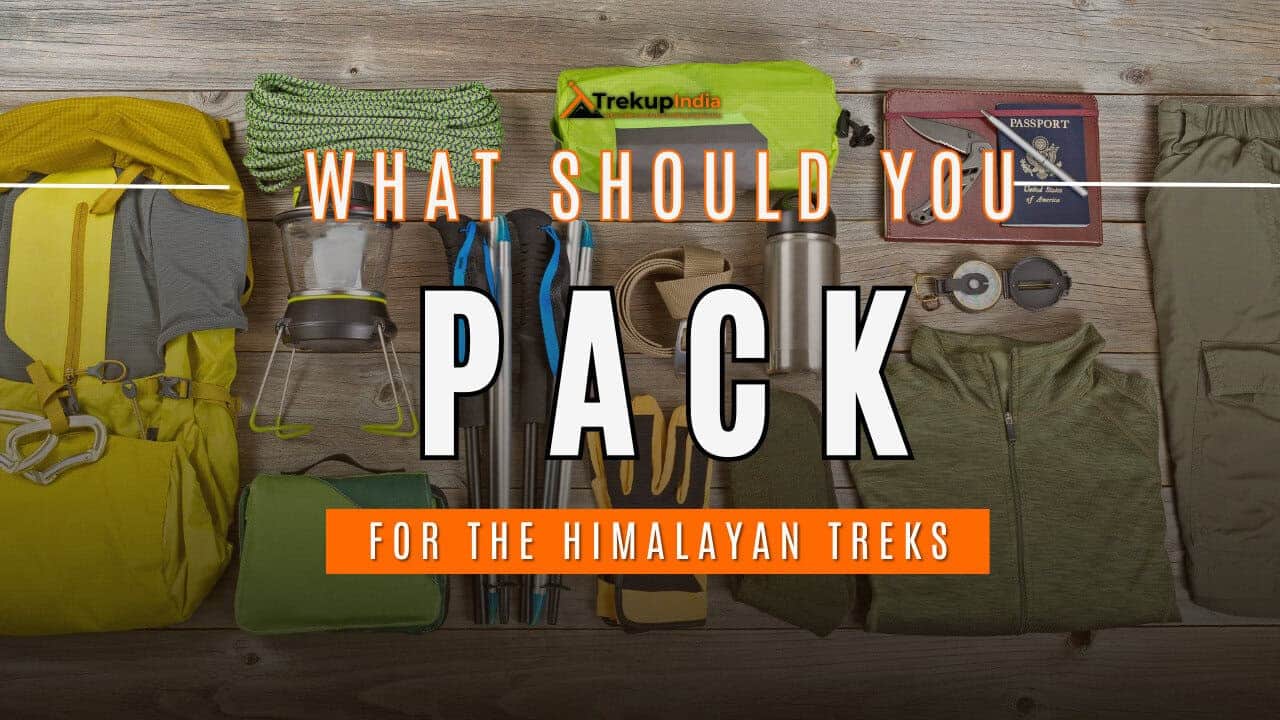
Head Gears
When trekking it's important to carry headgear to protect your head and face.
Heading out for a trek? Don’t forget to carry headgear to protect your beautiful face and head from the sun, wind, and dust! It’s an essential accessory that keeps you safe and comfortable throughout your adventurous journey. So, make sure you pack it before you step out into nature!
- Head Lamps – When trekking at night, headlamps are essential to illuminate your path while keeping your hands free. Headlamps come in different sizes and lumens, so it is essential to choose one that suits your needs.
- Hats or Cap – Caps or hats are also necessary when trekking in different weather conditions. Caps protect your head from the wind and freezing temperatures at night, while hats provide shade and protection from the sun during the day. It’s essential to ensure that your hat has a strap to prevent it from being blown away by the wind.
- Sunglasses – Sunglasses are also essential for trekking. Your sunglasses should protect your eyes from harmful UV rays and fit your face perfectly to avoid falling off while climbing, jumping, or crossing obstacles. The glass of your sunglasses should also be designed for different weather conditions to provide optimal visibility.
- Buff / Balaclava – Lastly, a buff or balaclava is a must-have to protect your mouth or neck from extreme temperatures and keep them warm. Buffs and balaclavas come in different materials, thicknesses, and designs, so it’s important to choose one that suits your needs and preferences. Depending on the weather conditions and your activities, you can wear them as neck warmers, face masks, or headbands.
Clothes
When trekking in high altitudes, prepare for cold weather by wearing layers. Layering traps heat, keeps you warm, and allows you to easily adjust your clothing as temperatures fluctuate.
Layering is important for different seasons when trekking. When planning a high-altitude trek, it is important to prepare for the cold weather. Wearing layers is the best approach as it provides both protection and flexibility when the weather changes frequently in the mountains. Layering helps to trap heat and keep your body warm, while at the same time allowing you to easily adjust your clothing as the temperature fluctuates. By wearing layers, you can enjoy your trek comfortably and stay safe in the unpredictable mountain weather
- For spring, summer, and monsoon treks, consider wearing three layers: a woollen sweater, a fleece, and a padded jacket.
- For autumn treks, add one more fleece layer to make it four layers.
- For winter treks, you may need five layers with thermals, a woollen sweater, two fleeces, and a padded jacket.
- T-shirt/sleeve shirt– Bring three T-shirts and two quick-dry trek pants, wearing one and carrying the others. Long sleeve shirts help to protect from sun UV rays. We recommend synthetic T-shirts as they get dry quickly when they get wet.
- Hiking / Trekking Jacket– down jackets (-5 to-10 C) or two-three-layer jackets.
- Thermals– at least two pairs of thermals help keep the body warm during cold weather.
- Undergarments– you can carry them according to your habitual and hygiene requirements.
- Gloves– 1 pair of gloves will keep your hand warm and nice.
- Trek Pants– Bring 2 to 3 comfortable trekking pants. Trekking pants play a significant role, as they are designed for comfort and mobility, making trekking easier. It should be Synthetic so that it gets dry quickly when wet.
- Rain Wear– you can carry a raincoat or Poncho. During long rains and snowfalls, the waterproof jackets start leaking. Still, the Poncho and raincoats keep you dry, so choose accordingly.
Tip: If you choose a raincoat on your trek, carry a small waterproof cover so things inside your backpack can’t get wet. If you carry a Poncho, you don’t need to worry. It protects both you and your backpack.
Foot Gears
When it comes to planning a trek, one of the most important aspects is to ensure that you have the right kind of foot gear.
- Trekking shoes which are waterproof and have ankle support. Walking / Hiking sandals which can be used off the trek, i.e., in the morning and evening hours when you reach the campsite, basically to get your feet rest from heavy boots, sometimes used for crossing streams and rivers, it’s more comfortable and safer than crossing barefoot or wetting your shoes. Sneakers (Optional) can be worn for normal driving days or used around the camp.
- Socks– you should at least carry 3 to 4 pairs.
- Microspikes & Gaitorswill be provided by Trekup India when required. You don’t have to carry them.
Personal First Aid Kit
Don't forget to pack your personal first aid kit! It's always better to be safe. So, make sure you're prepared for any unforeseen circumstances.
Below are some common medicines generally required/used during your adventure trip; however, please consult your doctors prior.
- Antiseptic towel or water syringe (to clean the wound)
- Butterfly bandage for a small cut
- Cotton and elastic bandages and sterile gauze pad for larger wounds
- Latex gloves are used when the wound bleeds.
- Medicine for Diarrhea (Upset stomach)
- Medicine for cold, flue/fever, headache
- Some pain killers
- ORS pouches
- Quick pain relief spray (External use)
- Any personal medicine prescribed by your doctor
- Dimox / Similar for high altitude sickness
- Bug Repellent
- Carry some nutria/energy bars and drinks (non-alcoholic)
- Note: Kindly consult your doctor before purchasing or taking any medicine.
Gadgets and Other Items
You might also consider bringing a camera, binoculars, portable charger, and snacks. Be well-prepared and tackle any trail with confidence.
- Trekking Poles
- Mobile phone
- Camera
- Spare batteries for phone and camera, power bank
- Lightweight flashlight or headlight
- A waterproof bag made of plastic is used for the camera.
- Plug/converter for electrical items
- 1-litre water bottle
- A journal with a pen would be a good idea to keep your notes.
- Some book of your interest for the ideal time
- Get into the habit of maintaining a Map and guidebook of the region.
Hygiene & Personal toiletry
Remember to pack hygiene and personal toiletry items such as soap, shampoo, toothbrush, toothpaste, deodorant, and toilet paper.
- Sunscreen with UV protection to shield your skin from harmful rays
- 1 or 2 small quick-drying towels to help you dry off quickly in case of rain or sweat
- Toilet paper, tissues or wet wipes for maintaining hygiene while on the trek
- Toothbrush, toothpaste, and mouth freshener to keep your mouth clean and fresh throughout the journey
- Deodorant or talcum powder to help you stay fresh and odor-free, especially during hot and humid climates
- Shampoo to keep your hair clean and healthy
- Sanitary pads or tampons (for female trekkers) to manage menstrual cycles
- Lip-gloss or salve to protect your lips from dryness and chapping
- Bio-degradable soap to keep yourself clean and hygienic while on the trek
- Nail clipper and other personal items that you use daily
Compulsory Documents to Carry
There are certain documents that you should always carry with you. These documents are not only necessary for your safety and security, but they may also be required by local authorities.
These files must be submitted to the Forest Department before your trek. With none of these, you will not be permitted to trek—original and photocopy of government photo identity card. Carry IDs like Aadhaar, voter ID, etc.
How To Plan Your Trek & Reach Dehradun
By Air:- Most air carriers such as Air Indian Airlines, Jet Airways (www.jetairways.com ) have regular flights to Srinagar. Getting to Srinagar by flight from New Delhi is considered the most conceivable.
By Train:- Jammu may be the closest railway station to Srinagar, which is at a distance of 290 km. Jammu railway station is nicely attached to other main towns in India by rail. Direct Rails are available from Delhi, Trivandrum, Bangalore and also Chennai.
By Bus:-Srinagar is connected through the National Highway 1A to all over the country. J & K transportation has regular comfy buses from Jammu. The Journey captures approximately ten hrs to arrive at Srinagar.
Fitness Required & Preparation Guide For Gaumukh Tapovan Trek
If you’re preparing for a Gaumukh Tapovan Trek, Trekup India recommends jogging as part of your fitness routine. Jogging helps work out the same muscle groups that you’ll use during trekking and can help you build endurance. You don’t need any special equipment to get started.
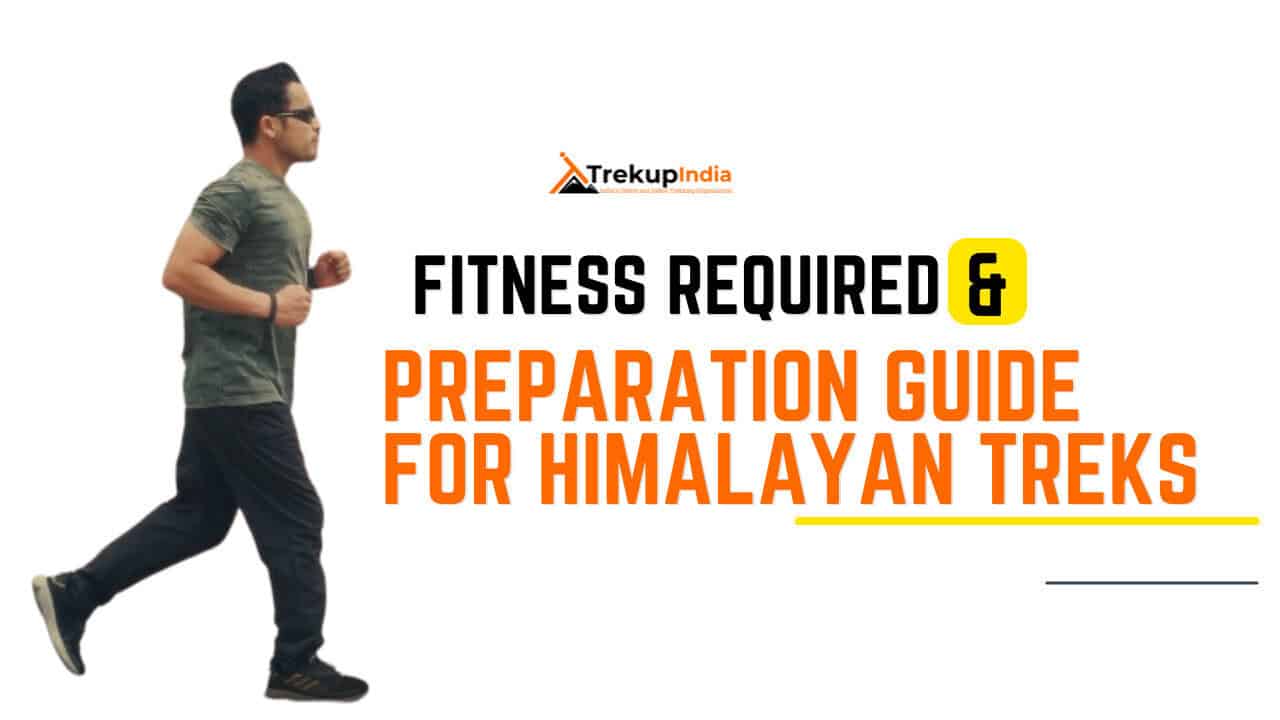
Fitness Target
Trekup India has put the Gaumukh Tapovan Trek into an moderate to difficult grade-level trek.
For Moderate – Difficult Treks – In order to be well-prepared for your upcoming trek, it is recommended that you focus on building your endurance by aiming to cover a distance of 4.5 kilometers in less than 40 minutes. This will help you to develop the necessary stamina and strength required to successfully complete your journey.
How to Achieve This Fitness Target?
To start preparing for your trek:
- Try jogging for at least five days every week.
- If you find 5 km too difficult at first, begin with 2 km and gradually increase over 2-3 weeks.
- Once you feel more comfortable running 5 km, focus on improving your speed gradually on a daily basis.
It is important to ensure that you can consistently complete 4.5 km in under 40 minutes for at least two weeks before your planned trek. Allow yourself 6-8 weeks to prepare physically for the journey.
Strength Training exercises that benefit Trekking
Trekking is an activity that demands a good level of strength.

Trekking is a demanding activity that requires good cardiovascular endurance, muscular strength, and overall fitness. To help you prepare for your trek, incorporating bodyweight exercises into your training routine can be an effective way to build strength, improve stability, and enhance endurance, all of which are crucial for a successful trek. In this regard, here’s a breakdown of body weight exercises categorized by the specific body parts they target and the benefits they offer during trekking.
1. Lower Body Exercises
Lower body exercises like squats and lunges are great for building lower body strength, essential for trekking.
a. Squats
Squats are an excellent exercise for building lower body strength, essential for trekking. They target the quadriceps, hamstrings, glutes, and calves. Solid quadriceps and glutes provide power for ascending and tackling uphill climbs, while vital hamstrings aid stability during descents. This is particularly helpful in navigating uneven terrain during trekking.
How to perform Squats Exercises:
- Stand with feet shoulder-width apart, toes pointing slightly outward.
- Lower your body by bending your knees and hips, keeping your back straight.
- Lower until your thighs are parallel to the ground or as low as comfortable.
- Push through your heels to return to the starting position.
b. Lunges
Lunges target the quadriceps, hamstrings, glutes, and calves. They improve lower body strength, balance, and stability, crucial for maintaining control on rocky trails and steep slopes. Additionally, they enhance flexibility, reducing the risk of injury while trekking.
How to Perform Lunge Exercises:
- Stand with feet hip-width apart, hands on hips or sides.
- Take a step forward with one foot, lowering your body until both knees are bent at 90-degree angles.
- Push through the heel of your front foot to return to the starting position.
- Repeat on the other side, alternating legs.
2. Upper Body Exercises
Upper body exercises such as push-ups and pull-ups effectively strengthen the upper body, especially the chest and shoulders, which are essential for carrying a backpack during treks.
a. Push-Ups
Targets: Chest, shoulders, triceps, and core.
Benefits for Trekking: Push-ups are an effective exercise to strengthen the upper body, especially the chest and shoulders, essential for carrying a backpack during treks. Improved upper body strength will also help maintain posture and stability while traversing challenging terrain.
How to Perform Push-Ups Exercises:
- Start in a plank position with hands shoulder-width apart and body in a straight line from head to heels.
- Lower your body by bending your elbows until your chest nearly touches the ground.
- Push through your palms to return to the starting position.
- Keep your core engaged throughout the movement.
b. Pull-Ups/Bodyweight Rows:
Targeting the back, biceps, and shoulders can significantly benefit trekking. You can strengthen these muscle groups by performing pull-ups or bodyweight rows and improve your posture and balance while carrying a backpack. Additionally, more muscular back muscles can help reduce the risk of back strain and fatigue during long treks, making your journey safer and more comfortable.
3. Core Exercises
Core exercises like planks and Russian twists can help strengthen the core muscles, which are crucial for maintaining stability and balance while trekking on uneven terrain.
a. Planks
Targets: Abdominals, obliques, and lower back.
Benefits for Trekking: Planks are an effective exercise that helps strengthen the core muscles. These muscles are crucial for maintaining stability and balance while trekking on uneven terrain. A strong core also helps improve posture, reducing the risk of back pain and fatigue during extended hikes.
How to Perform Planks Exercises:
- Start in a plank position with elbows directly under shoulders and body in a straight line from head to heels.
- Engage your core and hold the position, avoiding sagging or arching the back.
- Keep breathing steadily and hold for the desired duration.
b. Russian Twists
Targets: Obliques, abdominals, and lower back.
Benefits for Trekking: Russian twists engage the core muscles, particularly the obliques, improving rotational stability and balance. Enhanced core strength helps prevent injuries and improves overall performance during trekking.
How to Perform Russian Twist Exercises:
- Sit on the ground with knees bent and feet flat, leaning back slightly to engage the core.
- Clasp hands together and twist the torso to one side, bringing the hands towards the ground beside the hip.
- Return to the centre, then twist to the other side.
- Continue alternating sides for the desired number of repetitions.
4. Full Body/Cardiovascular Exercises
Full-body/cardiovascular exercises like burpees and mountain climbers are excellent for improving cardiovascular endurance, strength, and agility.
a.Burpees
Burpees are an excellent full-body exercise that targets your legs, chest, arms, and core. This exercise dramatically benefits trekking enthusiasts, improving cardiovascular endurance, strength, and agility. Regularly incorporating burpees into your workout routine can enhance your overall fitness level, which can help you endure long hikes and rugged terrains with ease.
How to Perform Burpees Exercises:
- Start in a standing position.
- Squat down and place hands on the ground.
- Jump feet back into a plank position.
- Perform a push-up.
- Jump feet back to the squat position.
- Explosively jump up into the air, reaching overhead.
- Land softly and repeat the sequence.
b. Mountain Climbers
Mountain climbers target the core, shoulders, chest, and legs. This dynamic, full-body exercise can significantly improve cardiovascular endurance and agility. It is an excellent functional workout for trekking preparation as it engages both the upper and lower body muscles while strengthening the core muscles.
How to Perform Mountain Climbers Exercises:
- Start in a plank position with hands shoulder-width apart and body in a straight line from head to heels.
- Drive one knee towards the chest, then quickly switch legs, alternating in a running motion.
- Keep the core engaged and the hips stable throughout the movement.
- Continue at a moderate to fast pace for the desired duration.
Incorporating bodyweight exercises into your training routine can help you build strength and endurance and prepare your body for the physical demands of trekking. Consistency and proper form are crucial to maximizing the benefits of these exercises and ensuring a safe and enjoyable trekking experience. Engaging your core muscles, including obliques, abdominals, and lower back, with Russian twists can improve your rotational stability and balance, preventing injuries and enhancing overall performance during trekking.
When incorporating strength training exercises into your workout routine, it’s essential to maintain proper form and technique to avoid injury. Start with lighter weights and gradually increase the intensity as you progress, focusing on compound exercises targeting multiple muscle groups simultaneously. Some examples of practical strength training exercises for trekking include squats, lunges, deadlifts, and pull-ups.
Remember to give your muscles time to recover between workouts, and remember to stretch before and after your workouts to prevent injury and improve flexibility. Combining strength training with jogging and proper stretching allows you to take your fitness to the next level and confidently tackle even the most challenging treks.
Our Trekkers Reviews And Expreinces
Food Provided by Us During Trek
We provide only Indian vegetarian food, and your meal will mainly consist of Indian bread, vegetables, lentils, rice, and a delicious dessert. During your trek, we will serve three meals a day, including breakfast, lunch, and dinner. You will also be served tea, snacks, and lip-smacking soup in the evening before dinner. If it is a long day of trekking, you will be given a packed snack.
After extensive research on the trekkers’ nutritional requirements, we prepare the menu. Before putting all the meals together, we also consider the altitude and the weather.
The meal we serve during the trek is perfectly balanced with calories, carbohydrates, vitamins, protein, fibre, and minerals. You need to know that all our cooks have great expertise in cooking and have undergone thorough training. So, get ready to enjoy delectable and lip-smacking dishes during your trek. You will be served with lemon tea in the tent to start your day with a refreshed feeling. Before leaving the campsite for trekking, you will be given a hot finger-licking breakfast like upma, Aallu Prantha, Besan Chilla, Poha, Daliya, Corn flakes, and Maggie, along with tea or coffee.
If your trek is longer, we also offer some fresh local fruits such as apples and healthy drinks like Frootie or Maaza. In the afternoon, you will be served a simple & healthy lunch, while at around 04:00 pm, you will be given tea and a light evening breakfast. After you reach your campsite at night, you will be served a hot and delightful dinner.
After reading this, you must have understood the food we provided on the trek; you don’t need to worry about food. Many trekkers repeatedly trek with us because of the food we provide. Thus, we will give you unforgettable experiences.
Safety During Gaumukh Tapovan Trek
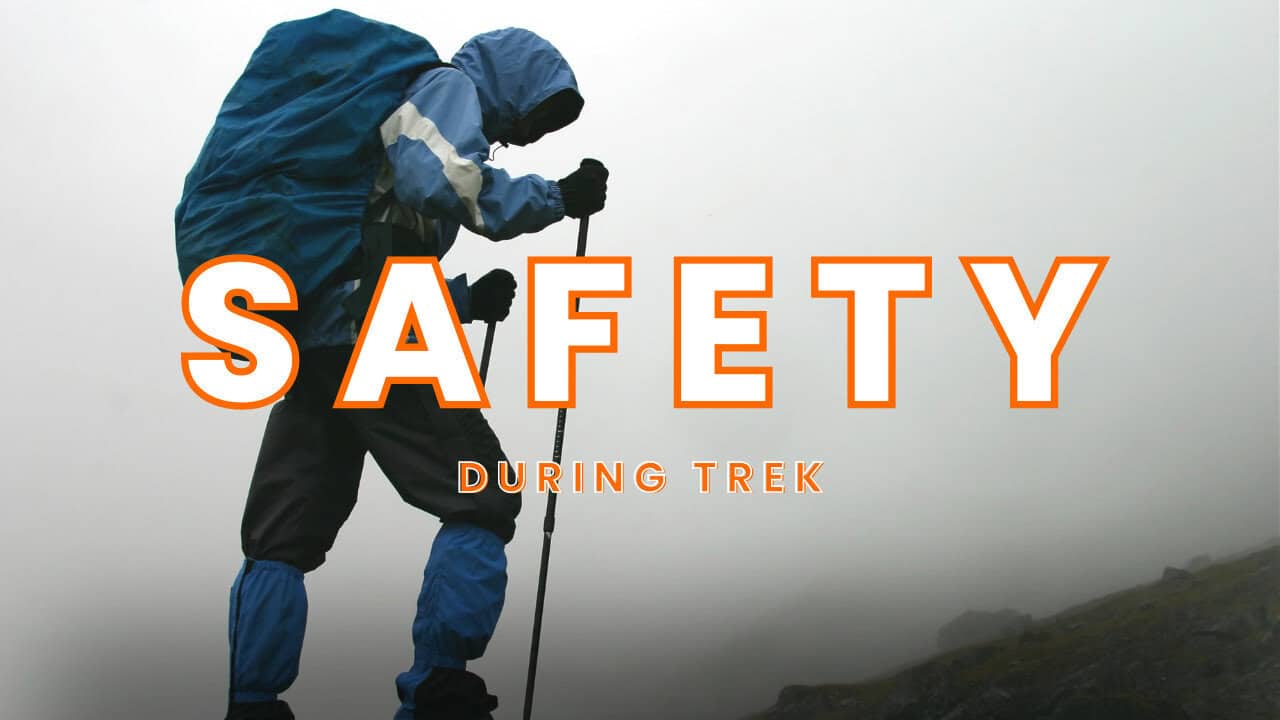
Trekking with us for the Gaumukh Tapovan Trek is entirely safe because we have a team of trek leaders qualified in Wilderness first-aid and complete information about the high-altitude glitches. During the trek, we carry a full first-aid kit that contains all the essential medicines. Before trekking with us, you must ensure that you are medically fit for the trek; for us, your medical fitness is more important than anything else.
Right from our establishment, we at Trekup India have been continuously introducing new safety practices into Indian trekking to ensure the safety of voyagers. Trekup India introduced microspikes and made emergency bottled oxygen mandatory for all treks. Our trek leaders take your daily Pulse oximeter reading. We at Trekup India introduced the radio walkie-talkie as a safety communication device.
How can we ensure that your trek is safe with us?
We have noticed that most trek-organizing organizations do not follow these systems, but with time, they are following us; several competing companies are adopting these practices and organizing great, safe treks.
We ensure complete technical safety in the mountain. Our company has a vast team of more than 100 guides and trek leaders who serve on Himalayan treks. One of the best things about our team is that all the members are trained professionally by the Nehru Institute of Mountaineering, Indian Mountaineering Foundation Delhi, and Hanifle Center Outdoor Education Mussoorie.
Explore our New Safety Protocols
To ensure a perfect Trek, we have introduced some new safety checks to ensure excellent safety for our trekkers.
Our On-trek safety checks include:
- Daily oxygen saturation, along with pulse readings
- Stretchers team appointed on every trek
- Radios
- Trained mountain staff and complete safety
- Additional oxygen cylinders
- Special medical kit for high-altitude treks
- Microspikes on all types of snow treks
- Experienced Trek leaders, as well as safety
- Technical team on all snowy slopes
For Us, Your Safety Is the Top Priority
At Trekup India, you will find a team with local knowledge and fluency in English and Hindi. This helps ensure that you have a fantastic trek. Not only this, but we also pay attention to your health and safety because this is something we cannot ignore. All the team leaders involved in trekking have already undergone several professional courses in first aid, portable altitude chamber training, CPR, environmental awareness training, and advanced wilderness emergency medicine.
We also carry a complete first aid medical kit on every trek and trip we organize. Apart from the medical kit, we take a portable altitude chamber (if needed) and medical oxygen for all high-altitude treks. Our company has significant expertise in organizing all sorts of group adventure holidays for family groups, school and college groups, and friend groups. We have many travel options that suit different fitness levels and travelling styles.
Regardless of the group size, we value each and every member of our trekking groups. Our commitment to personal attention ensures that your needs and safety are always our top priority.
Who we are?
Trekup India has been a stalwart in the Adventure Tourism industry for 30 years. Since our inception, we have been dedicated to providing top-notch treks, voyages, trekking programs, and high-altitude expeditions. Our extensive experience is a testament to our commitment to your adventure and safety.
We organize treks in Uttarakhand, Kashmir, Sikkim, and Himachal while being part of the trekking community; we feature more than 75 documented Himalayan treks. In addition to other outdoor activities, our company also organizes trips for schools, colleges, and families.
Therefore, we maintain the quality of services offered to our valuable customers.
Must Read These Information Of Gaumukh Tapovan Trek
Why You Should Do Gaumukh Tapovan Trek?
1. Enjoy the stunning mountain scenery while on the trek
Many treks in the Himalayas offer breathtaking views. The Kashmir Great Lakes, however, is a different scale. The mountains of Kashmir look like this. You can feel their presence all around you. It is not exaggerated to say that a trek through Kashmir is like viewing IMAX on a TV while everything else is on a regular TV screen. Kashmir is a place you can feel it all
2.The diversity of the valleys, meadows
Seven trekking days are required for the Kashmir Great Lakes trek. You will also be trekking in seven different valleys. Each valley is spread out over the course of the trek. Each valley is a tough competitor to the one before it.
Six of the seven valleys that you can trek are distinct grasslands, or meadows. These meadows and grasslands at high altitude are linked by high passes. You would expect meadows to be the same on both sides of a pass. They aren’t. Each of them has its own world and charm.
You can start with the Shekdur meadows, also known as tabletop set among Maples and Birch trees. The Nichnai grasslands are a great example of how large and rugged meadows can get. Cross the Nichnai pass to enter a meadow you won’t want.
The Vishnusar grassland is a wide, grassland that descends gently, rich in wildflowers, and has a gentle stream running through it.
The Gadsar meadow has a more dramatic appearance. It is narrower and has more jagged mountains on its sides. The central landscape is dominated by a large Gadsar, but it leads to many smaller lakes. Wildflowers bloom throughout the valley.
You will be transported to the top of the Gadsar valley by climbing up“Windows wall paper”Valley of Satsar. Satsar meadows are characterized by a smooth, manicured green lawn with a few maple trees and horses enjoying the graze. I have never seen greener grass elsewhere.
The Gangabal expanse is the last grassland. The valley below Zaj pass is almost like looking at the green world map. Gangabal in the blue looks just like Africa! Nandkol is on its side. The green landscape is also dotted by 4 lakes.
For me, the meadows at the trek are the best and most important reason to love KGL.
3. The lakes
The lakes are a must-see in any discussion about the Kashmir Great Lakes Trek. Before my exploration began, I only saw a few photos of the lakes and thought they were photoshopped images from a Scandinavian country. These lakes were not found in our mountains. These lakes at high altitude change color throughout the day.
Clear at dawn, sea green by afternoon, light blue by evening, and then inky blue by night. You will be amazed at the stunning lake scenery of Vishnusar, Kishansar, and the sea-green Gadsar with its ice floes.
4. The colors in Kashmir Great Lakes
KGL can be done best in July/August or early September. These months are monsoon in India, but the rains on the Pir Panjal side get much less. The mountains still get their summer rains, and the flowers explode into a rainbow of colors.
Different colors can be found in different valleys. There are pinks, purples and yellows as well as whites. The flowers change with the seasons. The colors of the sky and grass, rocks, water, and water all add to the beauty of the trek. It is not difficult to believe that Kashmir’s green is more vibrant than Kashmir’s blue. Each color is vividly saturated.
The vibrant colors of the Kashmir Great Lakes Trek will be a big hit with you.
Best time to do Gaumukh Tapovan Trek
To ensure a successful and enjoyable Kashmir Great Lakes trek, it’s crucial to timing your journey appropriately. The best time to embark on this adventure is during the monsoon season, specifically the months of July, August, and September. These months offer pleasant weather conditions and clear skies, allowing you to take in the stunning vistas of the surrounding mountains and lakes. However, it’s always important to check the weather forecast before embarking on your trek to ensure a safe and memorable experience.
How Difficult is the Gaumukh Tapovan Trek
The Kashmir Great Lakes trek is a moderately challenging ascent that reaches an elevation of 13,715 feet. Despite the tranquil and picturesque appearance of the trail in photos, it poses its share of challenges.
The trek spans 75 km over six days, averaging 12 km of trekking each day. You’ll need to ascend and descend 1500 feet daily. This trek has five tough segments that demand careful focus, such as the initial climb to Nichnai Campsite, the steady ascent from Nichnai Campsite to Nichnai Pass, the demanding climb to Gadsar Pass, the rocky stretch from Satsar to Gangabal, and the steep descent to Naranag.
The initial ascent to Nichnai Campsite presents a formidable challenge, as it demands a strenuous climb from Shitkadi (the starting point of the trek) to the Table Top (the first rest area). This grueling journey takes approximately 6-7 hours to complete and involves an altitude gain of 3,000 feet, which can be daunting and potentially lead to altitude sickness.
The journey on the second day of the trek presents another tough challenge with a 3-hour ascent to Nichnai Pass from the Nichnai Campsite. On the third day, you will encounter a 40-minute stretch with large rocks between Satsar and Gangbal. This part lacks a clearly marked path, requiring you to navigate by leaping and maneuvering around the boulders. It can be a difficult passage if you are not mentally and physically ready for it.
Mythological Stories About Gaumukh Tapovan Trek
The Harmukh mountain, rising more than 16,000 feet high, is revered in local lore as the abode of Lord Shiva. According to legend, a devout individual endeavored for twelve strenuous years to reach the mountain’s summit to meet the deity but was unsuccessful. Despite this, he achieved enlightenment during his quest and mysteriously disappeared from the hill. In tribute to Lord Shiva, a pilgrimage to Harmukh is undertaken, with devotees ascending to 14,000 feet to pay their respects to the god.
In 1856, Thomas Montgomerie led an expedition to Harmukh as part of the Great Trigonometric Survey, which resulted in the discovery of the renowned mountain K2. Prior to this, the mountain was unnamed and unknown to the surrounding villages due to its immense size. The survey team assigned the name K2, which has persisted as the mountain’s name despite the later adoption of a local name.


